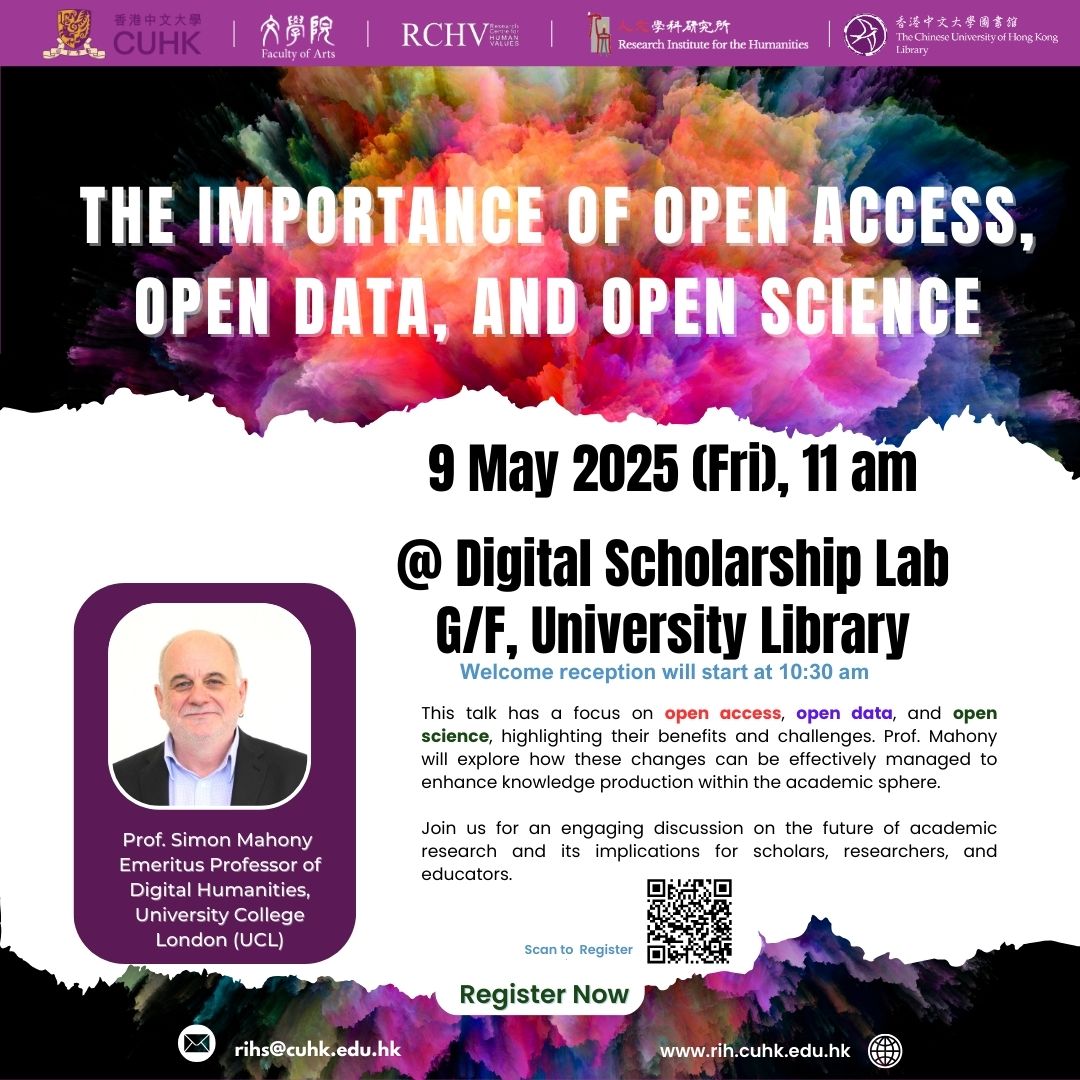
Language is a core tool for our understanding of the world. Recent research combining big data and neuroimaging has provided us with new perspectives, helping us gain a deeper understanding of the multidimensional organization of language in the brain. In this talk, I will present the SWOW-ZH dataset and discuss how it enables comparisons between models grounded in large-scale human association data and natural language processing models in semantic processing, highlighting the multimodal nature of semantics and the value of large-scale human experimental data. Furthermore, we focus on how individual differences affect neural activity alignment in language processing. Our previous research found that bilinguals’ inter-subject neural synchrony in language processing is modulated by proficiency. In our recent studies on native speakers, we discovered that the similarity in reading experience influences neural pattern alignment during text reading, emphasizing the connection between experience and cognition. Finally, I will briefly discuss how each word’s own variability interacts with individual differences to impact language processing and extend beyond that.
Speaker
Prof. Qing CAI
Qing Cai is a Professor of Psychology and the Director of the Children’s Neuroimaging Centre at East China Normal University. She is also a member of the NYU-ECNU Institute of Brain and Cognitive Science at NYU Shanghai. Her research focuses on the neural mechanisms underlying language perception and reading, with an emphasis on semantic representation and processing, language acquisition, and the relationship between language and other higher-order cognitive functions. Her recent work seeks to bridge human language processing with AI natural language processing, aiming to enhance our understanding of language processing and the individual differences that influence it.
For inquiry, please reach the General Office at 39433219.





